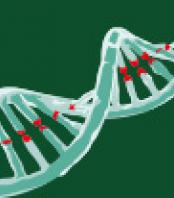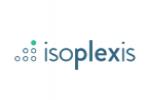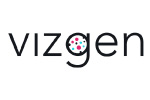Advances in genome assembly and phasing provide an opportunity to investigate the diploid architecture of the human genome and reveal the full range of structural variation across population groups. Here we report the de novo assembly and haplotype phasing of the Korean individual AK1 using single-molecule real-time sequencing2, next-generation mapping3, microfluidics-based linked reads4, and bacterial artificial chromosome (BAC) sequencing approaches. Single-molecule sequencing coupled with next-generation mapping generated a highly contiguous assembly, with a contig N50 size of 17.9 Mb and a scaffold N50 size of 44.8 Mb, resolving 8 chromosomal arms into single scaffolds. The de novo assembly, along with local assemblies and spanning long reads, closes 105 and extends into 72 out of 190 euchromatic gaps in the reference genome, adding 1.03 Mb of previously intractable sequence. High concordance between the assembly and paired-end sequences from 62,758 BAC clones provides strong support for the robustness of the assembly. We identify 18,210 structural variants by direct comparison of the assembly with the human reference, identifying thousands of breakpoints that, to our knowledge, have not been reported before. Many of the insertions are reflected in the transcriptome and are shared across the Asian population. We performed haplotype phasing of the assembly with short reads, long reads and linked reads from whole-genome sequencing and with short reads from 31,719 BAC clones, thereby achieving phased blocks with an N50 size of 11.6 Mb. Haplotigs assembled from single-molecule real-time reads assigned to haplotypes on phased blocks covered 89% of genes. The haplotigs accurately characterized the hypervariable major histocompatability complex region as well as demonstrating allele configuration in clinically relevant genes such as CYP2D6. This work presents the most contiguous diploid human genome assembly so far, with extensive investigation of unreported and Asian-specific structural variants, and high-quality haplotyping of clinically relevant alleles for precision medicine.
Read more






































